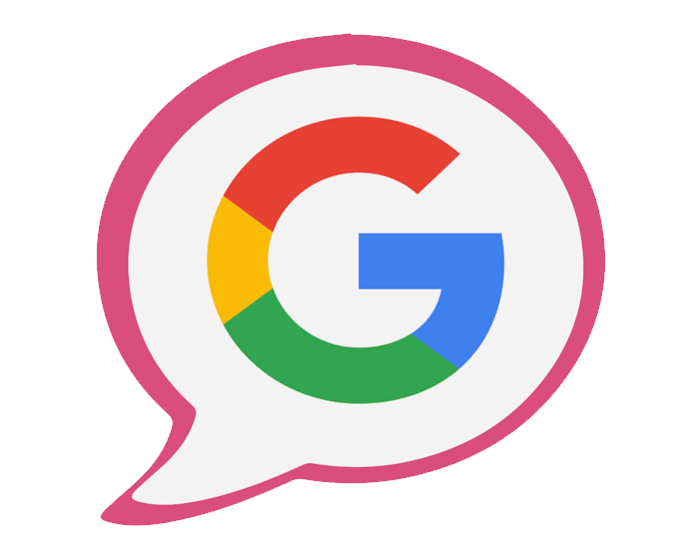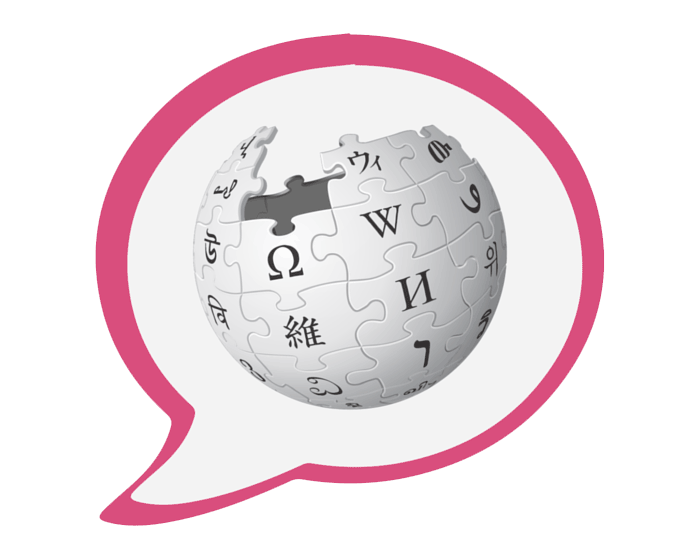
So you have a website! It might have been a week, or perhaps you’ve been online for over a year. If you’re reading this, I’m going to assume you have a Google Analytics profile set up for your website, otherwise this article might not make much sense.
If so, please read on!
If not, set it up now. Easy to follow instructions here.
If you don’t have a website… well why not simply enquire with us today? Our friendly web design team would love to hear from you!
The Bounce Rate

Defined by Google as:
“… the percentage of single-page sessions (i.e. sessions in which the person left your site from the entrance page without interacting with the page).”

That’s a bit of a mouthful. Wikipedia has a slightly less wordy version:
“The percentage of visitors who enter the site and then leave ("bounce") rather than continuing on to view other pages within the same site.”
So let’s say we had a user and they’ve just entered your website. What are some actual examples of a bounce?
 |
User clicks back |
 |
User closes the browser tab/window |
 |
User clicks a link on your site which takes them to a different website |
 |
User types and enters a new URL into the address bar |
 |
Session timeout, usually after 30 minutes of inactivity or depending on the settings of the website. (e.g. Airline booking sites will automatically timeout after a certain period to free up non-confirmed seats.) |
As website owners, intuitively it should make sense that a low bounce rate is a good thing, and conversely a high bounce rate is a bad thing. Right?
For the most part: yes. After all, the only alternative to bouncing or being inactive is the user actually navigating through and exploring your site. If the content on your site is relevant to the user, it makes sense for them to hang around and browse further.
But as I hinted above, this isn’t always the case!
Average Bounce Rates
So what’s the average bounce rate, based on website type?
As you can see, the average bounce rate differs greatly depending on what kind of website it is and the purpose of the page.
Therefore, we have to accept that a high bounce rate is often inevitable, and sometimes not a bad thing…
An “Acceptable” Bounce Rate – Can such a thing exist?
It sure can – it just depends on the context.
Here’s a scenario:

A user lands on your page – they are searching for information about how to choose a new paint colour for their home. You run a painting company, and your website has an article titled “How to choose a new paint colour for your home”, with a few paragraphs of information on the subject. This is the page they have landed on – the user reads the content, and leaves your page.
Has the user has found what they were looking for? Probably. Value has been provided – by you. They should be happy! But on paper, this situation would have been counted as a bounce, a negative experience.
However, is what happened actually a bad thing? After all, the user had a good experience from your site and likely holds you in good stead now. There’s every chance they will return to your site at some point to seek out further information or advice. It was not a negative experience for the user, and therefore should not be simply chalked down as another bounce.
Here’s a simpler, more common example:

A user lands on your page – they are specifically looking for the contact details of your painting company. They have landed on your “Contact Us” page, which lists your business phone number, email address, and office location. The user reads the information and leaves your page.
Intuitively, we know this scenario isn’t unusual, and shouldn’t be seen as a bad experience – a user has looked, found and left with your contact details from your site. However, this common situation is classified as a bounce.
Always keep in mind that Bounce Rates should always be interpreted in combination with other key indicators such as Visit Duration or type of Landing Page. In this particular example, if you find you’re still getting no calls or online enquiries despite a high number of page visits, there are most likely other factors to consider such as overall user experience and Landing Page relevancy.
Should we therefore be fixated on the bounce rate on your Contact Us page? Probably not! It’s a smarter idea to dedicate your energy to improving other areas of your website and enhance the overall user experience.
Improving the bounce rate
The above info should have given you a better idea of when not to worry about bounce rates. But if you think that it’s something that should be tracked and rectified, what can we actually do to reduce bounce rates?
|

Firstly, let’s look at factors that affect bounce rate:
|

Here are some tips to improve bounce rate:
|
| Type of audience/target market (some industries simply have high website bounce rates) |
Can’t really be helped! Consider tailoring your offering and brand message to more specific and relevant target markets |
| Pop-up ads, modals, surveys, on-page music or video streaming (presence of any of these will generally increase bounce rate) |
Remove any pop-ups |
| Search engine ranking of page (website ranking highly for irrelevant keywords = higher bounce rate) |
Maintain top search rankings for branded keywords |
| Website landing page design (clean, easy to follow and attractive pages will perform better) |
Build a clear, easy to follow navigation path/menu and place search function prominently |
| Advert and landing page messages (a focus on attaining the right user will reduce overall bounce rate) |
Write engaging ad copy and create relevant, informative content on your pages that’s tailored to your target market |
| Emails and newsletters (bounce rate for the intended landing page will depend heavily on the kind of message in the email/newsletter) |
Ensure emails and newsletters encourage engagement with interesting content, offers and incentives |
| Load time of pages (longer load time = higher bounce rate) |
Replace large, resource heavy files such as high-res JPEGs with smaller versions to reduce load times |
| Links to external sites (if the user clicks to an external site, that’s a bounce!) |
Reduce the presence of external links on your pages |
| Browser compatibility (certain versions of web browsers sometimes cause issues to websites depending on how the page was developed) |
Speak to your webmaster to ensure compatibility across as many browsers as possible |
| Mobile friendliness (if a website isn’t mobile friendly, mobile users will have trouble navigating it on a handheld device!) |
Have a responsive website that is user friendly on any device |
| Error pages (404, 500 – if a user lands on one of these, it’s pretty likely they won’t hang around) |
Remove the presence of any error pages |
| Dated style (an out of date web design may discourage users) |
Implement a modern web design style |
| Purpose of the page (e.g. bounce rate will differ for an article page = vs a contact us page) |
Make sure the page serves its intended purpose! |
If you carry out these best practices, you will certainly minimise your overall bounce rate! But…
There’s no such thing as a 0% bounce rate
Consider a typical retail clothing shop. Dozens of people visit this shop in a single day. How many of these would you expect to make a purchase, and how many simply have a browse and leave? Common sense tells us that while we may have some buyers, there will always be people who aren’t 100% ready to commit.
The same principle applies to websites – for pages with significant traffic, there is no such thing as a 0% bounce rate!
As a website owner, your end goal might be to elicit a transaction, but your immediate objective is to provide value to the user. That’s because a “bounced” visit may very well lead to a successful commitment later down the track – website owners need to embrace this fact and focus on providing a positive experience to the user, regardless of which stage of the consumer lifecycle they’re at. Doing so will lead to greater branding affinity, exposure and eventual acquisitions for your business.

If you’ve reached the end of this article, congratulations! Hopefully you now know a bit more about bounce rates, and can henceforth check your Google Analytics with confidence.
If you still think your bounce rate is unusually high, get in touch with Clue today. With our innovative team on your side, we can help identify any issues and provide you the right solutions!